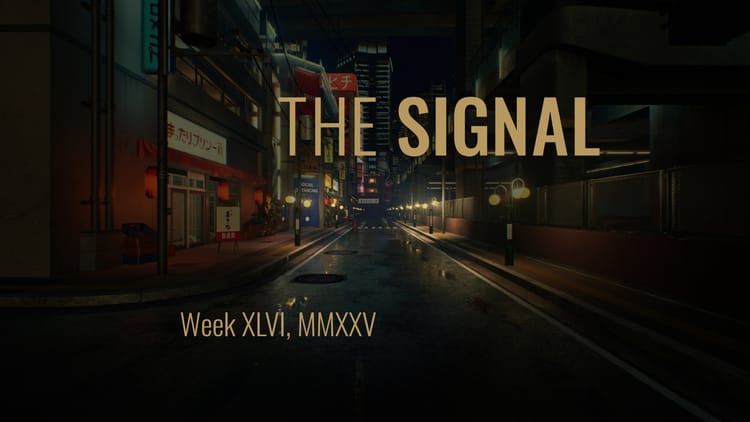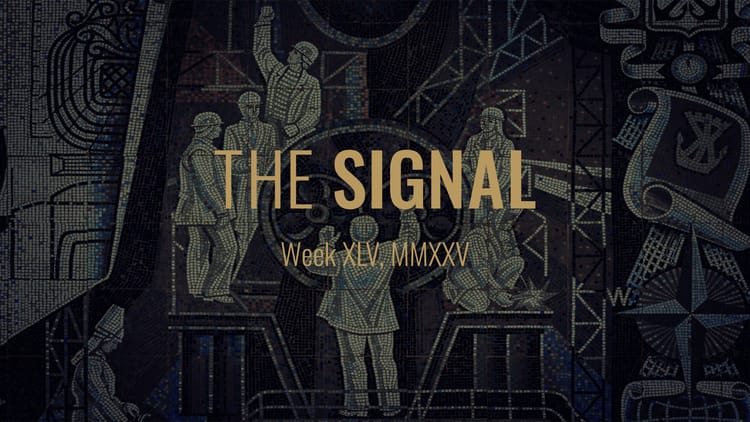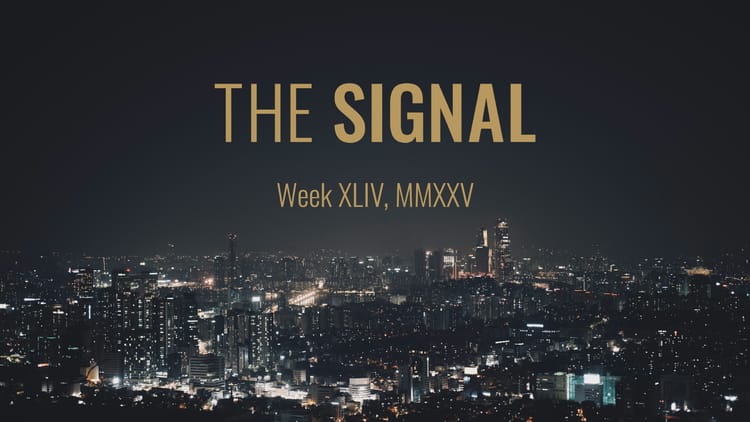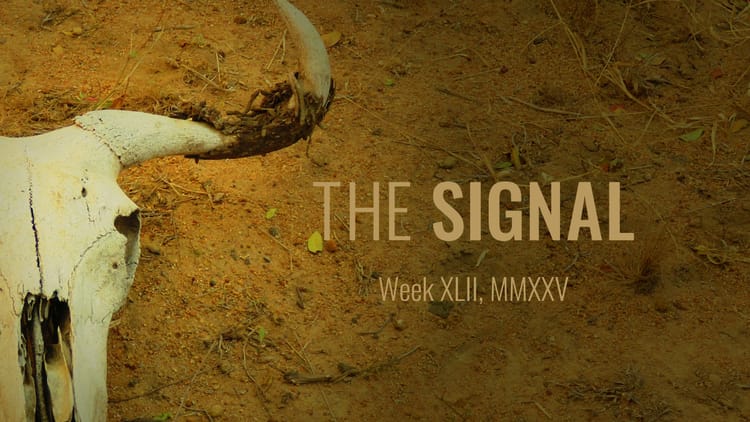Terms of art
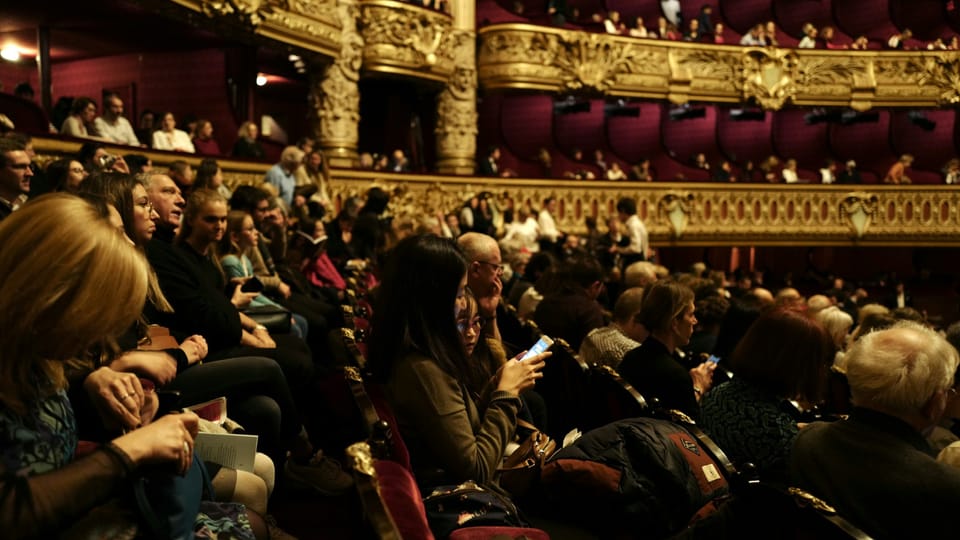
This week
- Why did OpenAI build a deep-fake app? They say it’s for fun with friends, but …
- What’s driving the global surge in antisemitism? The numbers are stark, the pattern is global, and the evidence leads in different directions.
- The intentional ambiguities of the Gaza peace plan. The ambiguous intentions of Trump’s “war from within.” Spreading paranoid style at the Pentagon. The end of Voice of America. … & The legacy of Jane Goodall.
- Why do Europe’s leaders finally seem willing to seize Russia’s frozen bank assets? Sir William Browder on a potential turning point in the Ukraine war.
Weather report
- After four hundred millimeters of rain and a 6.9-magnitude earthquake, what comes next?
+ Cultural intelligence
- Fifty comedians playing in Saudi Arabia, millions of dollars, and one head-scratcher: Why are they doing this?
- What’s so special about the Chinese tech multinational Huawei? Eva Dou, House of Huawei: Inside the Secret World of China’s Most Powerful Company.
- The strange world of modular synthesizers and patch cables. & The week in new music …
The world in brief
What’s happening, September 27–October 3
The forger
On Monday, September 30, OpenAI released Sora 2, its latest video-generation model, along with a new, invite-only iOS app, also called Sora. The app works like TikTok—users create short videos, share them to a feed, and remix each other’s content. The distinctive feature is called “cameos.” Just upload a short video of yourself once, and the AI learns your face and voice well enough to drop you into any generated scene. You can grant permission for friends to use your likeness in their videos, too.
By Thursday, the app had hit number one on Apple’s App Store, ahead of both ChatGPT and Google’s Gemini—giving OpenAI now two of the top three apps. Some of the first viral videos showed OpenAI’s CEO, Sam Altman, shoplifting. Other early examples: users putting themselves into medieval battles, space stations, anime sequences. All photorealistic. All generated by AI in seconds.
OpenAI added safeguards. Users must record only their own likeness; they can’t upload any photos of other people. You control who can use your cameo. You receive notifications and can approve or reject usage. All videos carry watermarks. You can delete your cameo or any video featuring you at any time. In his blog post announcing the launch, Altman acknowledged potential problems: “We are aware of how addictive a service like this could become, and we can imagine many ways it could be used for bullying.”
Could?

